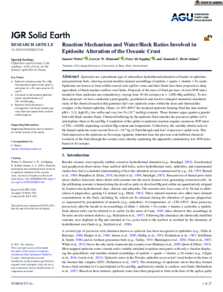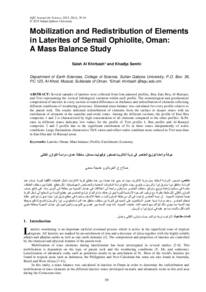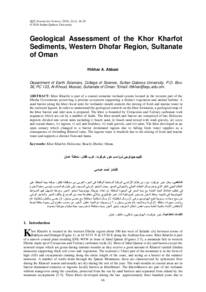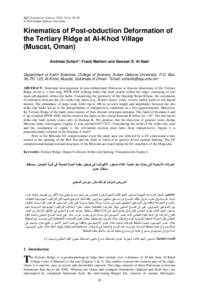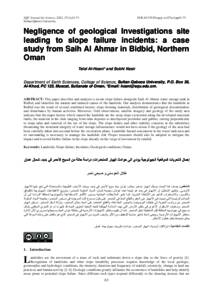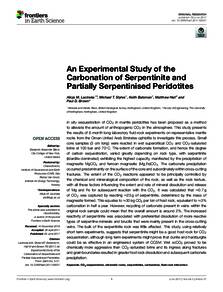Document
Reaction mechanism and water/rock ratios involved in epidosite alteration of the oceanic crust.
Identifier
DOI: 10.1029/2020JB021540
Source
Journal of Geophysical Research: Solid Earth. v. 126, 6, e2020JB021540
Contributors
Country
United Kingdom.
Publisher
Blackwell Publishing Ltd.
Gregorian
2021-06-01
Language
English
Subject
English abstract
Epidosites are a prominent type of subseafloor hydrothermal alteration of basalts in ophiolites and greenstone belts, showing an end-member mineral assemblage of epidote + quartz + titanite + Fe-oxide. Epidosites are known to form within crustal-scale upflow zones and their fluids have been proposed as deep equivalents of black-smoker seafloor vent fluids. Proposals of the mass of fluid per mass of rock (W/R ratio) needed to form epidosites are contradictory, varying from 20 (Sr isotopes) to > 1,000 (Mg mobility). To test these proposals we have conducted a petrographic, geochemical and reactive-transport numerical simulation study of the chemical reaction that generates km3-size epidosite zones within the lavas and sheeted dike complex of the Samail ophiolite, Oman. At 250–400°C the modeled epidosite-forming fluid has pH ∼ 5.2, fO2 ≥ 10−20, low sulfur and extremely low Fe (10−6 mol/kg) contents. These features argue against a genetic link with black-smoker fluids. Chemical buffering by the epidosite fluid enriches the precursor spilites in Ca and depletes them in Na and Mg. Completion of the spilite-to-epidosite reaction requires enormous W/R ratios of 700–∼40,000, depending on initial Mg content and temperature. Collectively, the variably altered rocks in the Samail epidosite zones record flow of ∼1015 kg of fluid through each km3 of precursor spilite rock. This fluid imposed on the epidosite an Sr-isotope signature inherited from the previous rock-buffered chemical evolution of the fluid through the oceanic crust, thereby explaining the apparently contradictory low W/R ratios based on Sr isotopes.
ISSN
2169-9313
Category
Journal articles

